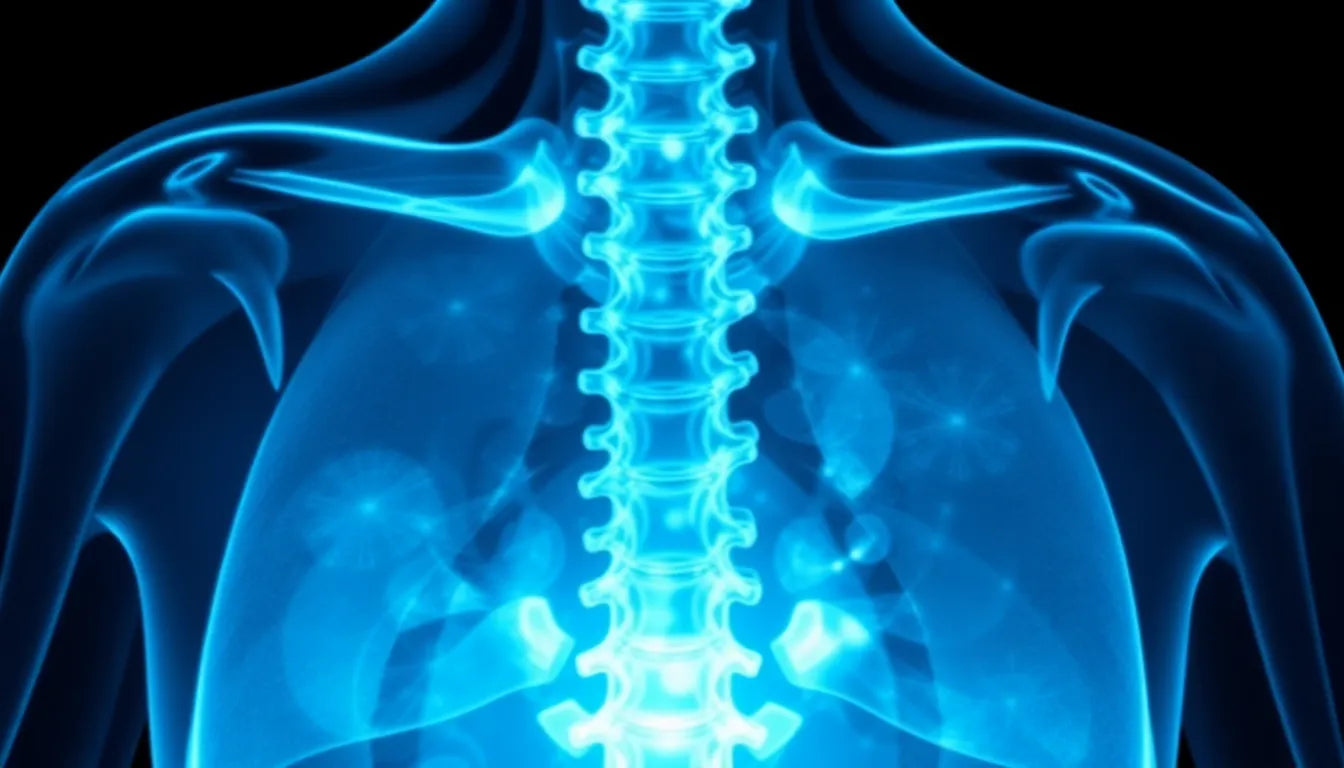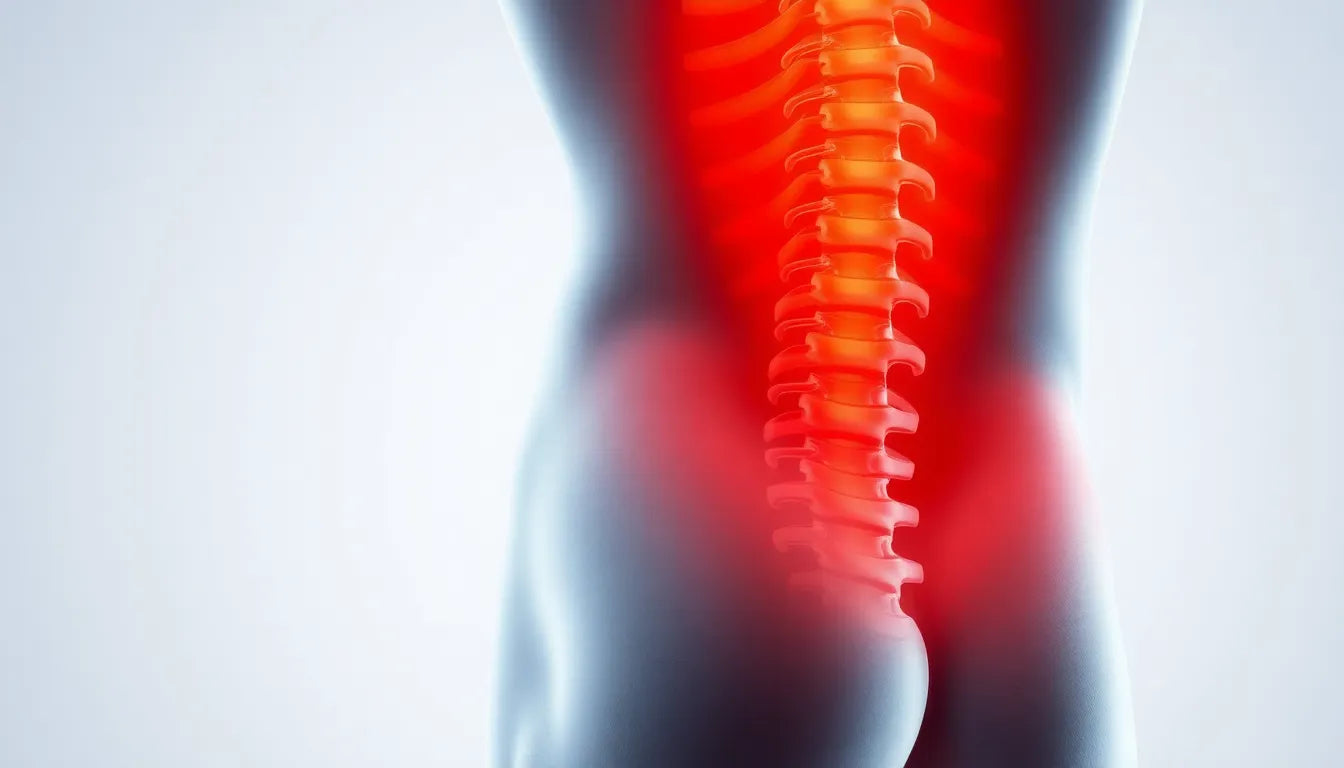Understanding the intricacies of a herniated disc is crucial for anyone seeking to expedite their recovery process. A herniated disc, often referred to as a slipped or ruptured disc, occurs when the soft center of a spinal disc pushes through a crack in the tougher exterior casing. This condition can lead to pain, numbness, or weakness in an arm or leg, depending on where the herniation occurs. Common causes include age-related wear and tear, improper lifting techniques, and sudden trauma. Addressing recovery proactively is essential to prevent long-term complications and ensure a return to normal activities as soon as possible.
The recovery challenge: misconceptions and goals
When it comes to recovering from a herniated disc, several misconceptions can hinder progress. One prevalent myth is the belief that complete bed rest is necessary for healing. However, excessive inactivity can lead to stiffness and further delay recovery. Instead, the primary goal should be to reduce pain and inflammation while promoting healing through a balanced approach. This involves maintaining gentle activity levels and incorporating therapeutic practices that support the body's natural healing processes.
Active recovery: a proactive approach
Introducing the concept of active recovery can be a game-changer for those dealing with a herniated disc. Unlike passive rest, active recovery emphasizes controlled, gentle movements that help maintain flexibility and muscle strength. This approach not only alleviates symptoms but also speeds up the healing process. In this article, we will delve into practical, evidence-based strategies designed to enhance your recovery journey. By embracing these methods, you can reduce discomfort and regain your quality of life more swiftly and effectively.
Active recovery techniques for herniated disc recovery
Embracing active recovery is essential for speeding up the healing process of a herniated disc. This approach involves incorporating gentle movements and exercises into your daily routine, which can significantly aid in reducing stiffness and promoting flexibility. Staying mobile is key, as it prevents the muscles around the spine from becoming tense and contributes to overall spinal health.
Gentle movement and exercises
Engaging in low-impact exercises is crucial for maintaining mobility without exacerbating your condition. Activities such as walking and swimming are excellent choices, as they provide cardiovascular benefits while minimizing strain on the spine. Additionally, specific stretches prescribed by a physical therapist can target the affected area, helping to alleviate pain and improve range of motion. A physical therapist can develop a personalized exercise plan tailored to your needs, ensuring that you perform movements that support recovery and avoid those that might hinder it.
Heat and cold therapy
Alternating between heat and cold therapy is a well-established method for managing pain and inflammation associated with a herniated disc. Cold therapy, applied with an ice pack, can help reduce swelling and numb sharp pain, while heat therapy, using a warm compress, can relax tight muscles and improve blood flow to the area. It's important to follow safe application guidelines, typically involving 15-20 minutes of treatment every few hours, to avoid skin damage and maximize benefits.
Posture and ergonomics
Maintaining good posture is vital for reducing pressure on the spine and facilitating healing. Whether sitting, standing, or sleeping, ensure your spine is aligned and supported. In workplace settings, consider ergonomic adjustments such as using a chair with lumbar support, positioning your computer screen at eye level, and taking regular breaks to stretch and move around. These changes can alleviate strain on your back and play a crucial role in your recovery.
Lifestyle changes and symptom management
In addition to active recovery techniques, making certain lifestyle adjustments can significantly impact your recovery timeline and overall well-being.
Sleep quality
Quality sleep is a cornerstone of effective recovery, as it allows your body to repair and regenerate tissues. Poor sleep can increase cortisol levels, a stress hormone that can slow the healing process. To enhance sleep quality, establish a regular sleep schedule, create a comfortable and supportive sleeping environment, and avoid stimulants like caffeine before bedtime. These practices can help ensure you get the restorative sleep needed for recovery.
Pain management
Managing pain effectively is critical for maintaining an active recovery routine. Over-the-counter pain medications, such as NSAIDs, can help control discomfort and inflammation. In some cases, muscle relaxants or corticosteroid injections may be recommended by a healthcare professional to provide more substantial relief. It's important to use these treatments under medical guidance to avoid potential side effects and interactions.
Gradual return to activities
As you progress in your recovery, it's essential to gradually reintroduce activities to your routine. Monitor your progress and listen to your body, increasing activity levels only when you feel ready. Signs that you might be prepared to take on more include decreased pain, improved mobility, and enhanced strength. Pacing yourself and avoiding overexertion will help prevent setbacks and support long-term recovery.
By integrating these active recovery techniques and lifestyle changes, you can significantly enhance your herniated disc recovery journey. Remember, each person's recovery process is unique, so it's crucial to adapt these strategies to your specific needs and consult with healthcare professionals for personalized advice.
Physical therapy and professional guidance
Engaging in physical therapy is a cornerstone of effective herniated disc recovery. A skilled physical therapist can provide personalized guidance, helping to strengthen core muscles and improve flexibility, which are crucial for supporting the spine and preventing future injuries. Through tailored exercises and techniques, physical therapy not only aids in pain reduction but also enhances overall mobility and function. Seeking professional assessment ensures that your recovery plan is specifically designed to meet your individual needs, addressing both immediate symptoms and long-term health goals.
Recovery timeline expectations
Understanding the typical recovery timeline for a herniated disc can help set realistic expectations. Recovery periods vary significantly depending on the severity of the herniation and the individual's adherence to treatment protocols. Generally, mild cases may resolve within a few weeks, while more severe cases could take several months. It's important to remain patient and consistent with your recovery efforts, as the biological healing process involves gradual tissue repair and inflammation reduction. By following a structured recovery plan, you can optimize your healing trajectory and minimize the risk of recurrence.
Debunking myths about herniated discs
Several misconceptions about herniated disc recovery can lead to confusion and hinder progress. One common myth is the idea that bed rest is necessary, when in fact, excessive rest can exacerbate stiffness and delay healing. Another misconception is the notion of "pushing the disc back in," which is not possible and can lead to harmful practices. Instead, focus on evidence-based strategies such as active recovery and professional guidance to support your healing journey. By dispelling these myths, you can make informed decisions that promote effective recovery.
Visual aids and tools for recovery
Incorporating visual aids and ergonomic tools into your recovery plan can significantly enhance your understanding and execution of recommended practices. Illustrations or diagrams of exercises and proper posture can serve as helpful references, ensuring that you perform movements correctly and safely. Ergonomic aids, such as lumbar support cushions or adjustable standing desks, can alleviate spinal pressure and support healing, aligning with Anodyne's offerings. These resources not only facilitate recovery but also empower you to take an active role in managing your condition.
Conclusion
In conclusion, adopting an active approach to herniated disc recovery is essential for achieving optimal outcomes. By integrating physical therapy, adhering to realistic recovery timelines, and utilizing visual aids, you can enhance your healing process and prevent future complications. Remember, each recovery journey is unique, and consulting healthcare professionals for personalized advice is crucial. By staying informed and proactive, you can regain your quality of life and return to normal activities with confidence.
Frequently Asked Questions
How long does it take to recover from a herniated disc?
Recovery time for a herniated disc varies depending on factors such as the severity of the herniation and adherence to treatment. Mild cases may resolve within a few weeks, while more severe cases can take several months. Consistent adherence to a structured recovery plan is vital for optimal healing.
What exercises are safe for a herniated disc?
Safe exercises for a herniated disc include low-impact activities like walking, swimming, and specific stretches prescribed by a physical therapist. These exercises help maintain mobility and strengthen supporting muscles without exacerbating the condition.
When should I consider surgery for a herniated disc?
Surgery is generally considered when conservative treatments fail to alleviate symptoms, or if there is significant nerve compression causing severe pain or weakness. Consultation with a healthcare professional is essential to determine the appropriate course of action.
Is it possible to fully recover at home?
While many individuals can achieve significant recovery through home-based care, professional guidance from physical therapists and healthcare providers is crucial for a comprehensive recovery plan. Combining home exercises with professional advice ensures a balanced approach to healing.
Sources
- Premia Spine Blog. "Staying Mobile, Posture, Sleep, Heat/Cold Therapy."
- MedicineNet. "Stepwise Self-Care, Symptom Management, Treatments."
- New York Spine Surgery. "Physical Therapy, OTC Meds, Movement, Injections."
- ADR Spine. "Healing Timelines, Inflammation, Tissue Repair Stages."
- Victorious. "SERP Analysis Best Practices and Search Intent."



